Trekking
Trekking is my favourite way of travelling in nature. What is behind the next pass? Where does the path lead? Who lives here? How beautiful it is along the river! The views are getting better and better! There is an incredibly diverse mountain world in our travel areas with an equally incredibly diverse trekking route selection. There are treks to get started with few metres of altitude gain and few overnight stays, there are week-long tours through hardly inhabited areas, there are some with many metres of altitude to conquer and some where you can feel vastness. There are treks with lots of green vegetation and treks through barren stone and snow deserts. And in between there is everything a hiker’s heart desires. And now it is time to find the most suitable trekking route. We list a few key points for this purpose.
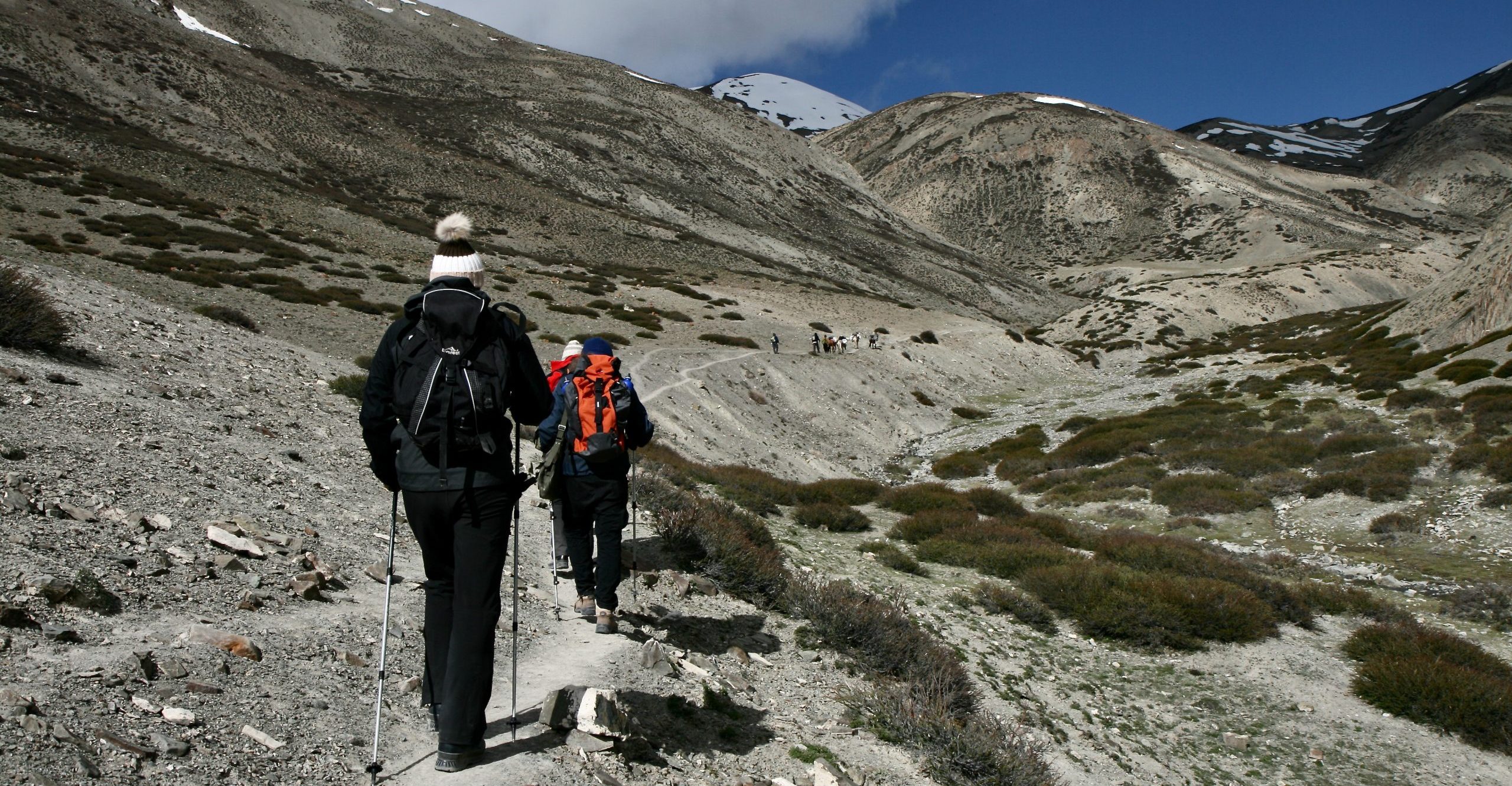
Bed or Tent-matrass?
Do you like it better to hike through inhabited areas, meet people, have the smaller luggage carried by porters (or even by yourself) and sleep in beds in houses (or even in yurts in Kyrgyzstan)? We have homestay-sectors in India, lodge trekking in Nepal, guesthouse treks in Georgia and Armenia. Or are you more drawn to uninhabited areas? There, the tent is the best place to sleep and since you have to take a bit more with you for camping (especially a kitchen with food), you need an escort team and luggage animals. This way you can travel as a self-sufficient caravan through the impressive landscape, wake up in the morning with a cup of coffee or tea in your sleeping bag and be very close to nature. We offer these tours mainly in the Himalayas and the mountains of Kyrgyzstan. There is also the option of the simplest huts, where you also have to take everything except a tent, e.g. in Borjomi National Park in Georgia.
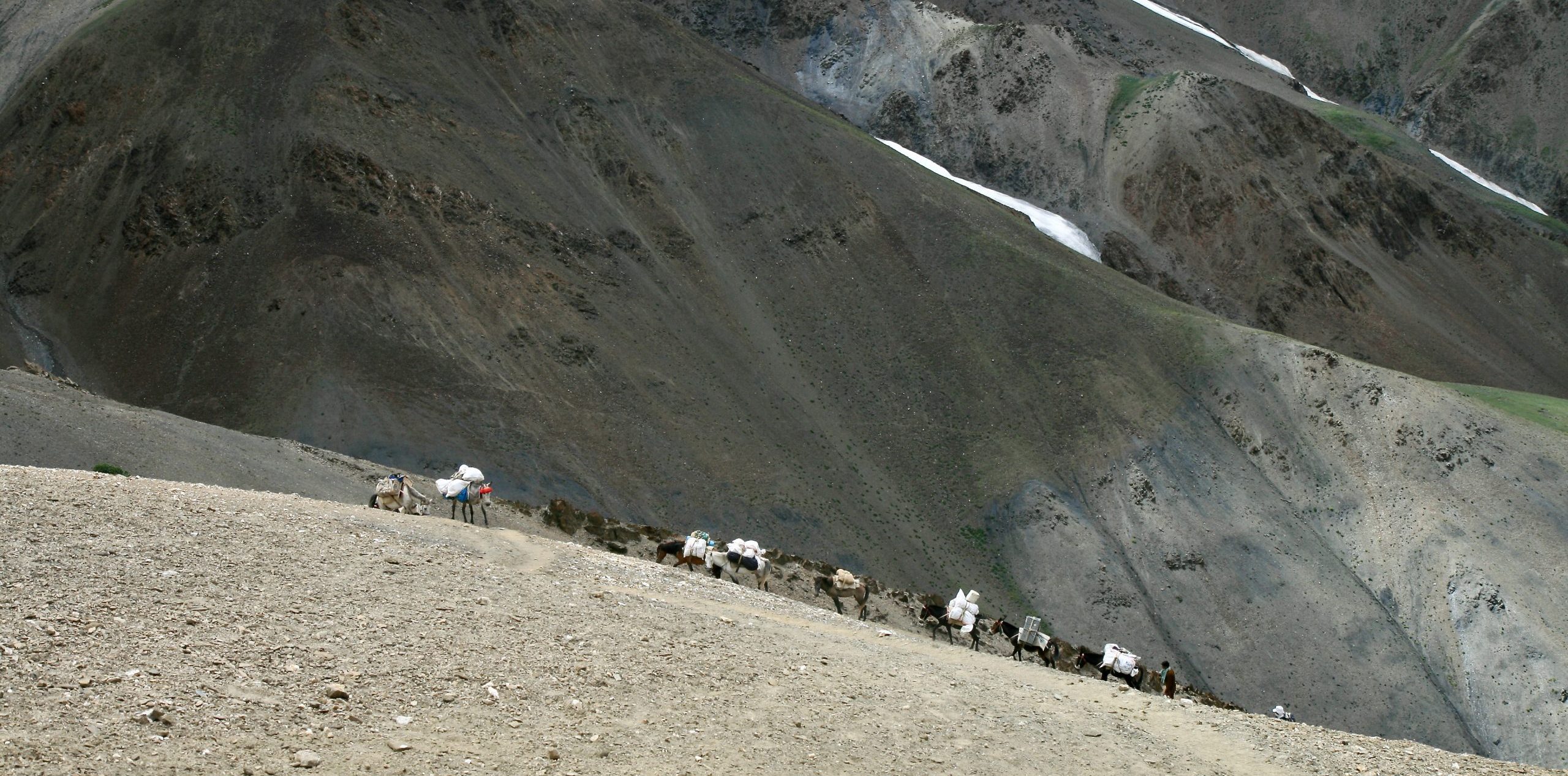
Feet or Horse?
As mentioned above, you can of course mostly walk and horses accompany you. Walking is a very good thing, because you travel more slowly and can concentrate more on the landscape with all its details. But you can also choose for yourself whether you want to sit on a horse or use your feet. Horse trekking is a great possibility in Kyrgyzstan and Georgia, where there are many riding horses. In other horse trekking regions, the riding culture is not as prominent and horse trekking is not common, but it may be possible. Small riding horses are very practical if you are travelling with children, who prefer to sit on horseback rather than walk long distances themselves. In the case of trekking, a distinction can also be made between experienced riders, where the horses are led by someone on the reins, and experienced riders, who take the reins independently.
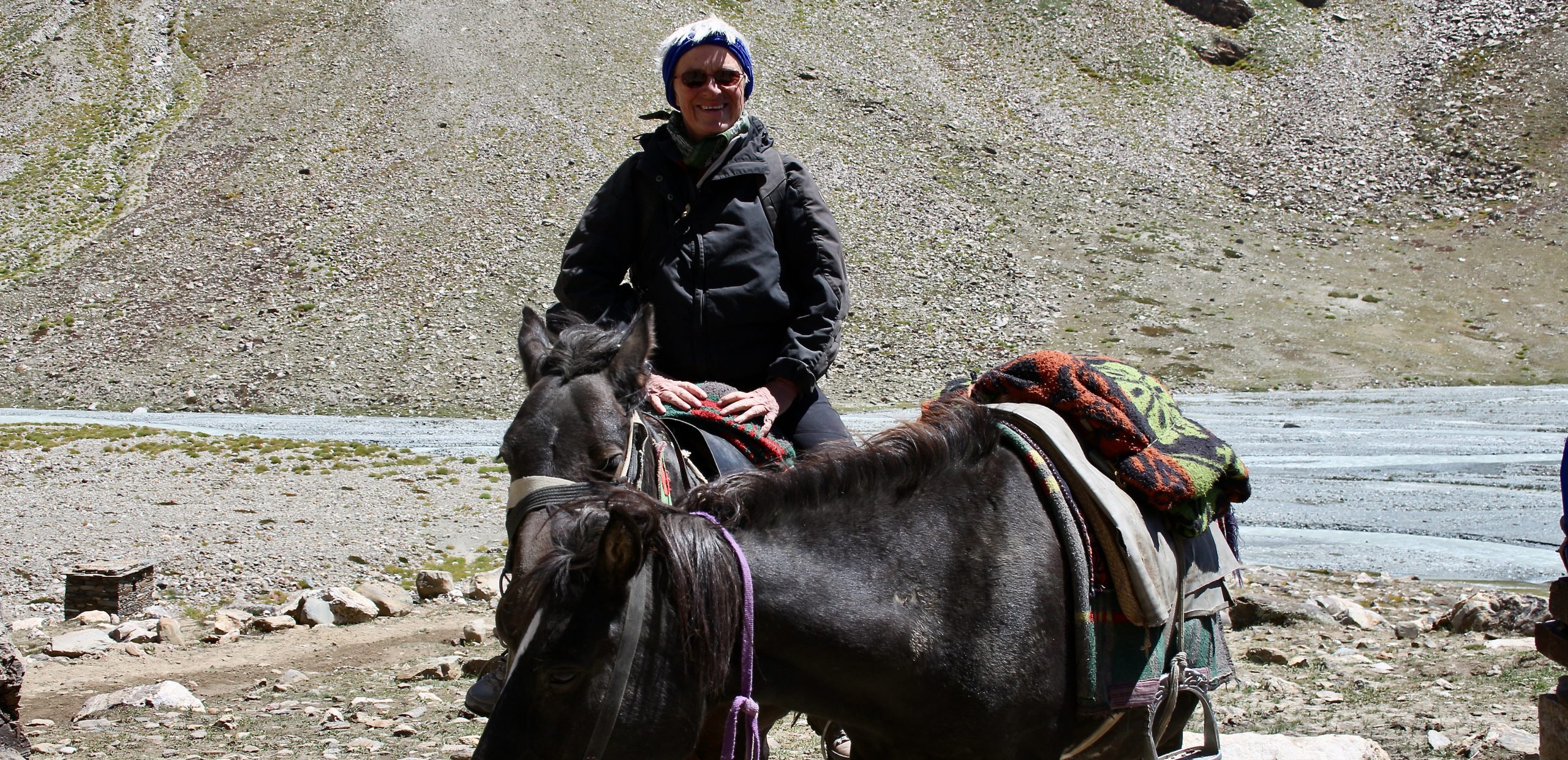
High Altitudes or soft Hills
Most of our tours lead into or through grandiose mountain landscapes, but there are also tours in more moderate hiking areas. For example, there are tours in southern Rajasthan, some routes in the lower regions of Nepal, Georgia or also in Armenia. Most of the time, these routes lead through more populated areas, which means there are good opportunities to get in touch with people.
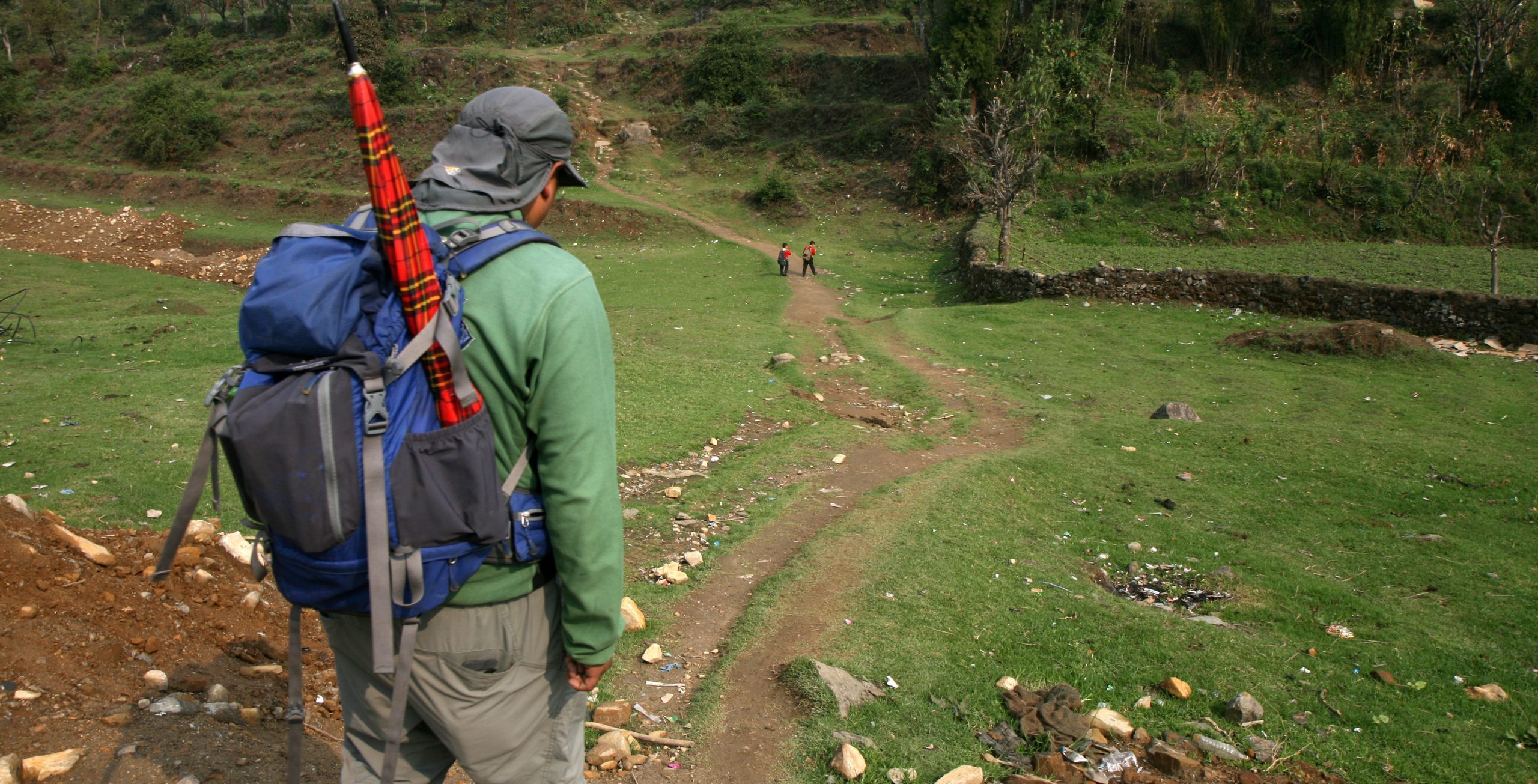
Short or Long
We can easily offer treks in Nepal longer than 3 continuous weeks or 861 km trekking crossings of Armenia – or even 2-3 day treks anywhere in our travel destinations. On a very long trek, you really get out of the daily routine, experience nature like you haven’t for a long time and can completely get into a very different rhythm of life. But this also requires time and dedication, which not everyone always has. If you only want to try trekking once, or if you don’t want to avoid trekking altogether with a different travel focus, you will enjoy a mini tour. Of course, you can also combine several of them in one trip, perhaps enriched with day hikes – to get to know more different areas of a region. And in between, of course, any trekking length is possible.
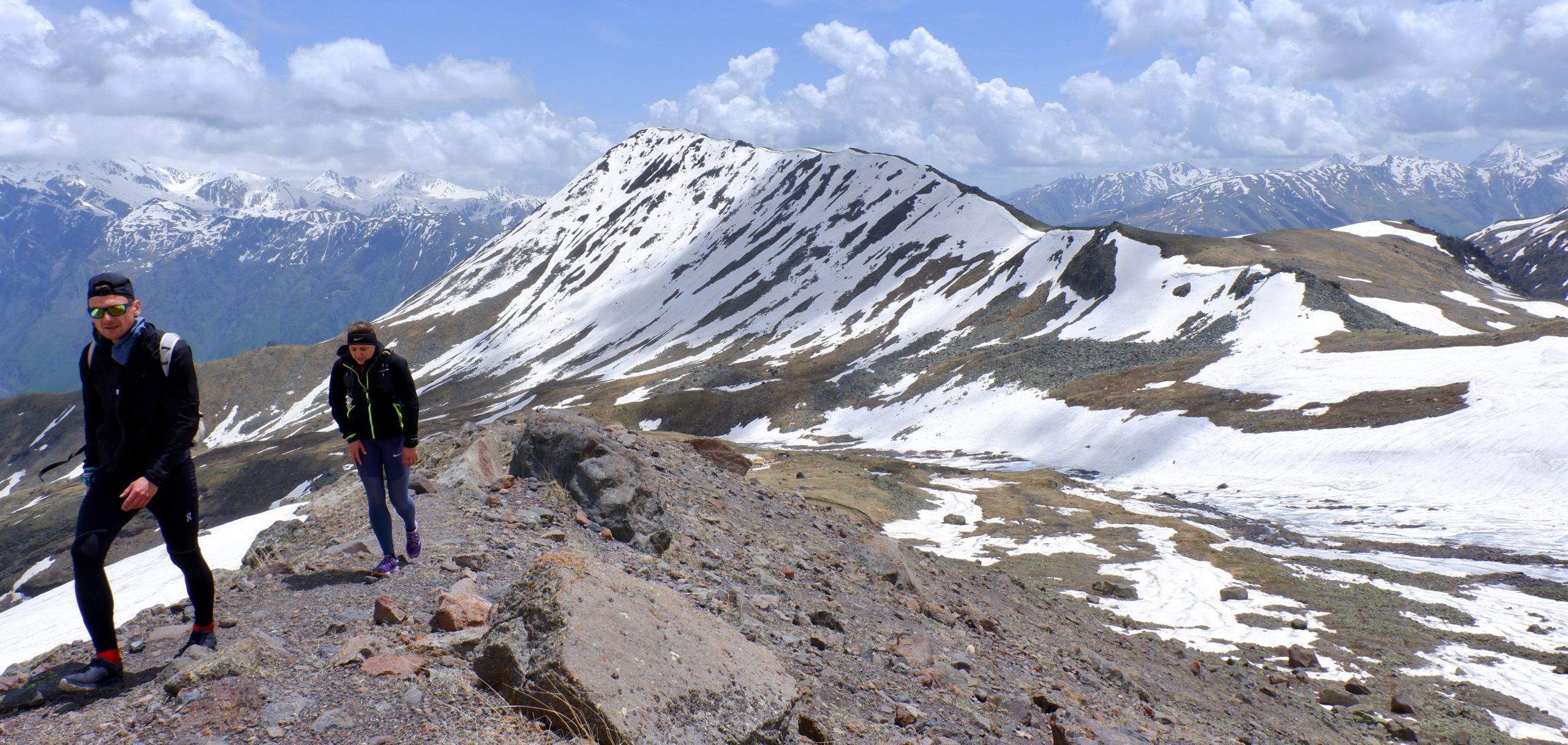
Carry yourself or let someone carry
On some tours you have to carry a lot (especially in uninhabited areas where you need tents and your own kitchen or where it gets very cold) – so you are happy if someone else carries it. These are partly luggage animals (more so in India), but also partly people (landscape shape is not suitable for animals or it is common as in many places in Nepal). In some areas, especially on shorter tours with comfortable overnight accommodation, the luggage can be kept small and you might like to have everything on your back yourself. Both are possible – although the latter is rather rare. But rare doesn’t mean impossible – so please ask for tours where it’s fine to carry it on your own. You will definitely get a guide, but then both of you only carry your own luggage.
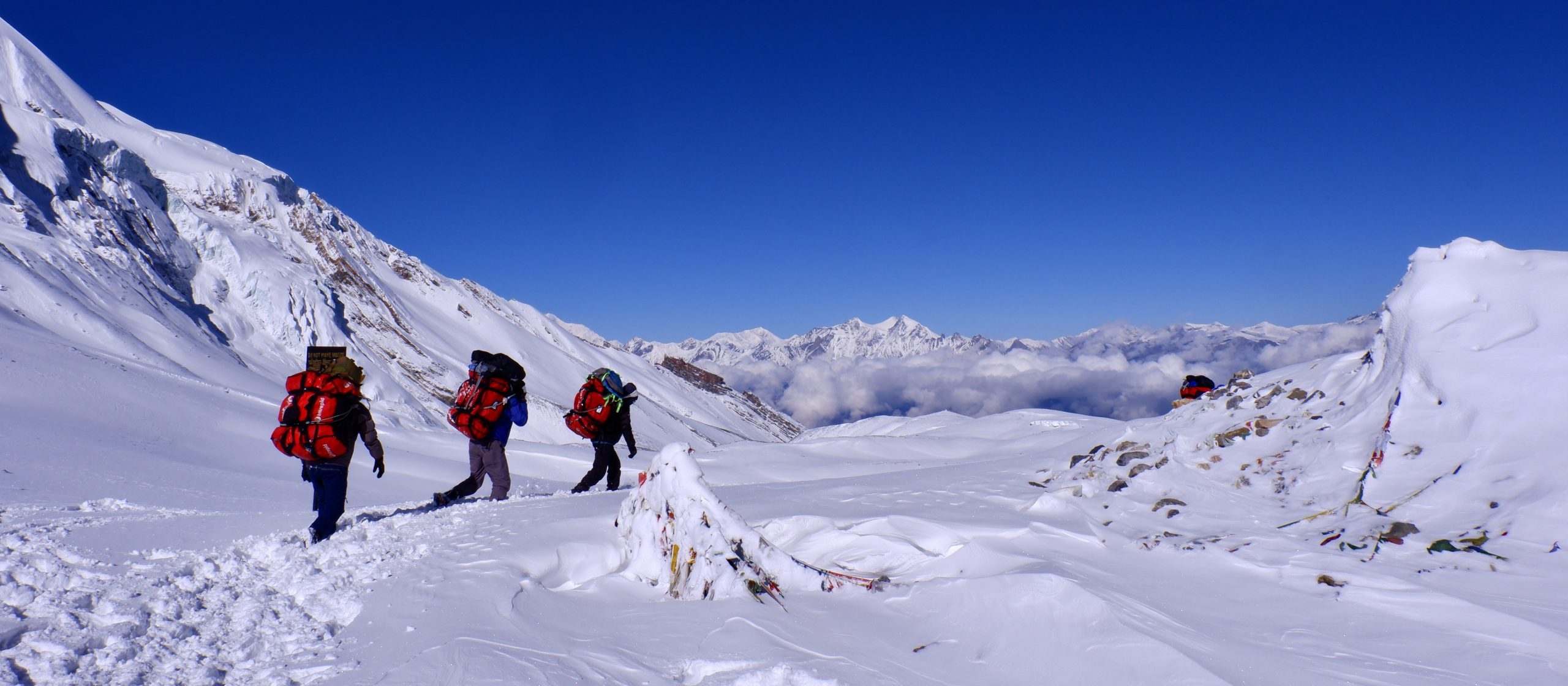
With many or alone?
You are never completely alone on our treks, you always have a guide with you. But alone with a guide – is that also possible? Yes, of course! If you want to go on a trek alone on a trip, you often have to dig deeper into your money-pocket, as all the costs have to be borne by yourself. If you have such a budget available: gladly! It is an exclusive great experience to trek like this! But there are also routes where the costs can be kept lower, namely if you carry your pack yourself and stay in guesthouses/lodges/homestays. Theoretically, you can also trek without a guide, some routes are easy to find. But with us it is only possible with a guide: to translate and get to know the people better, to entertain, to help in crisis situations, to get to know the flora and fauna etc.
On the other hand, if you enjoy hiking in (larger) groups, you would have the chance to go on a group tour, which we rarely offer, however. But you can also start with your circle of friends! We have arranged this many times and would be happy to do it again! Or you can look for your own group with other interested people through advertisements, clubs or the like. – and then become (trekking) friends!
And of course anything is possible between 1 and many people!
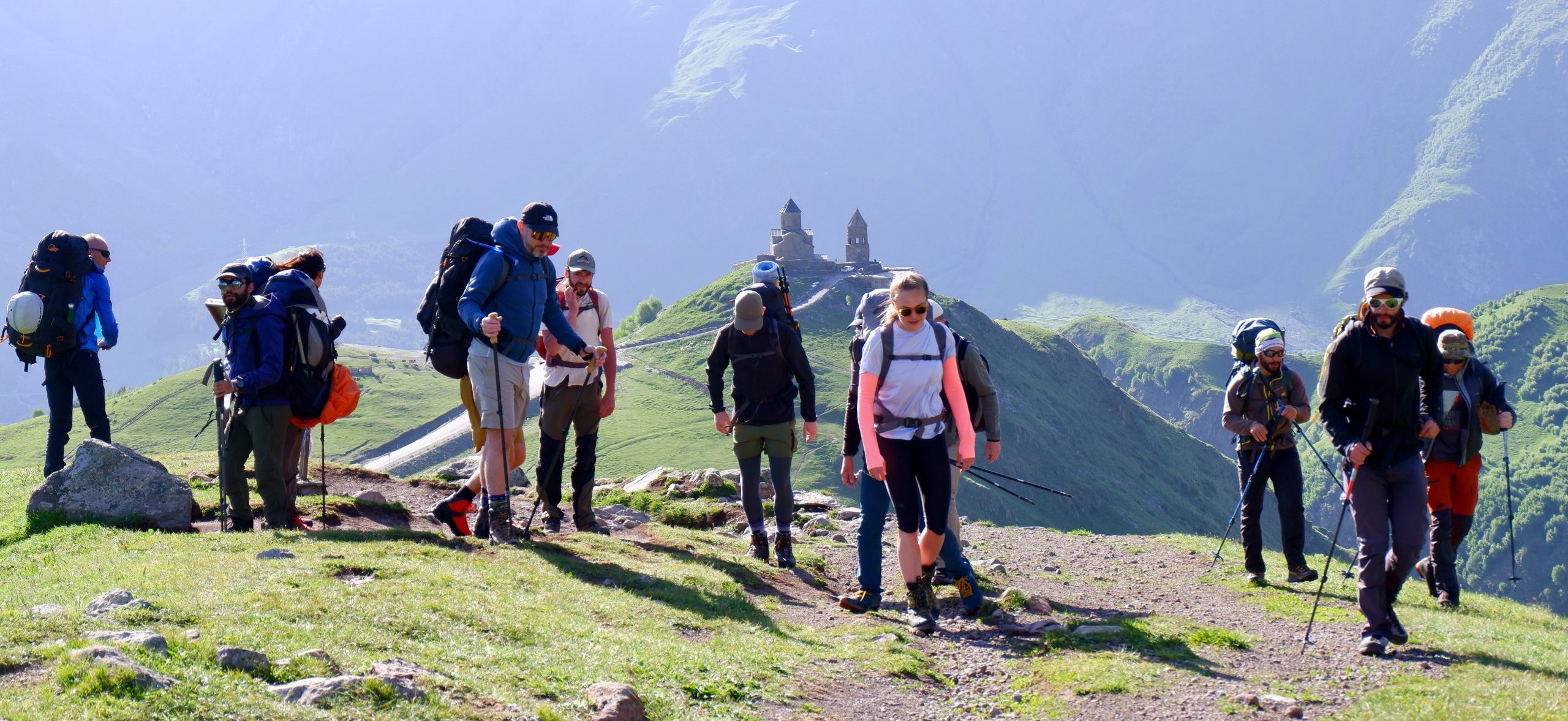
Trekking Areas
Here you find links to our trekking areas for more detailed infos:
Column 2
xx
